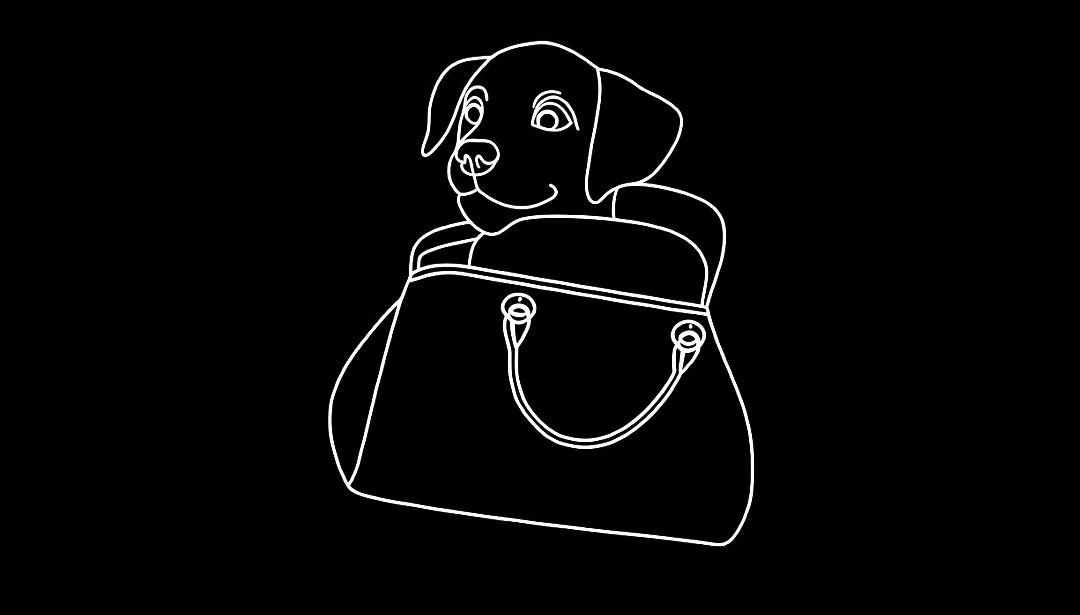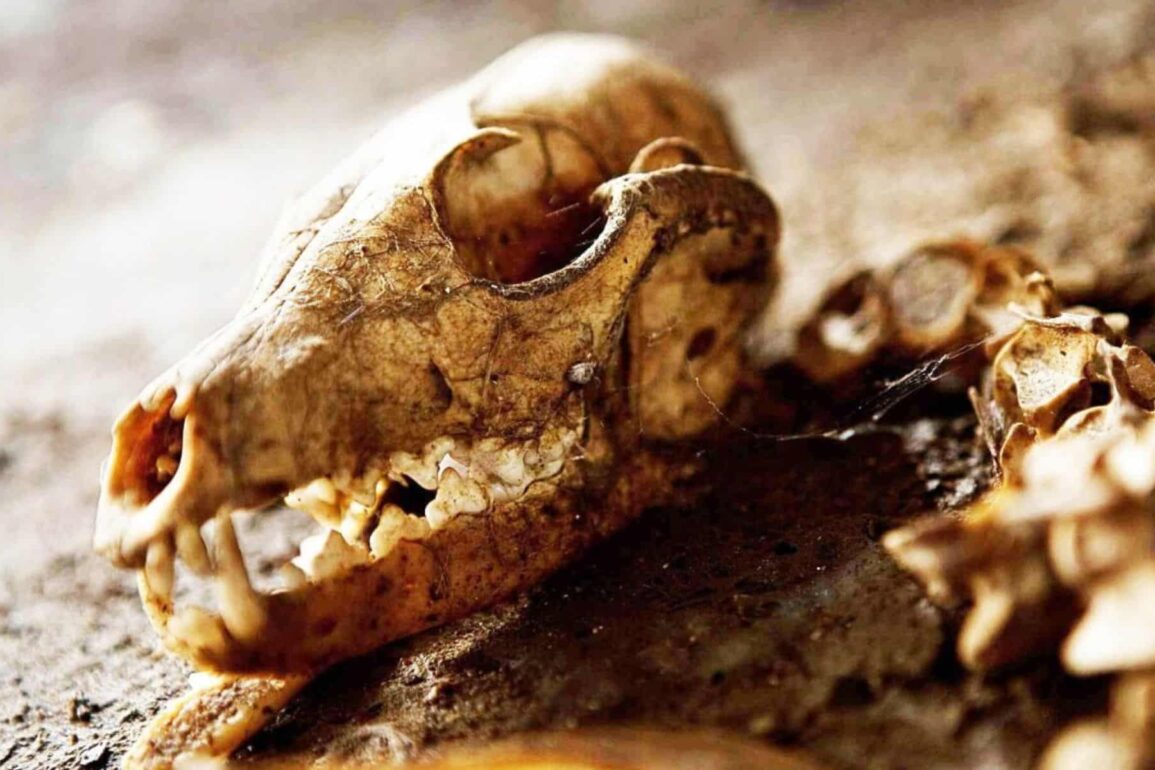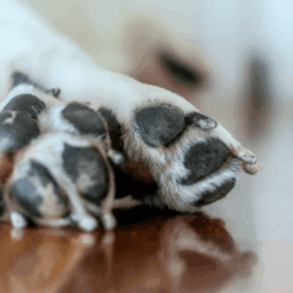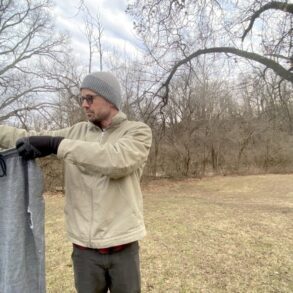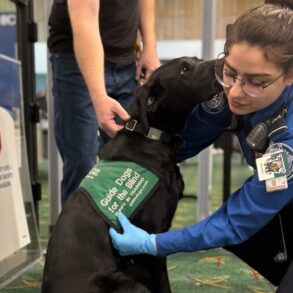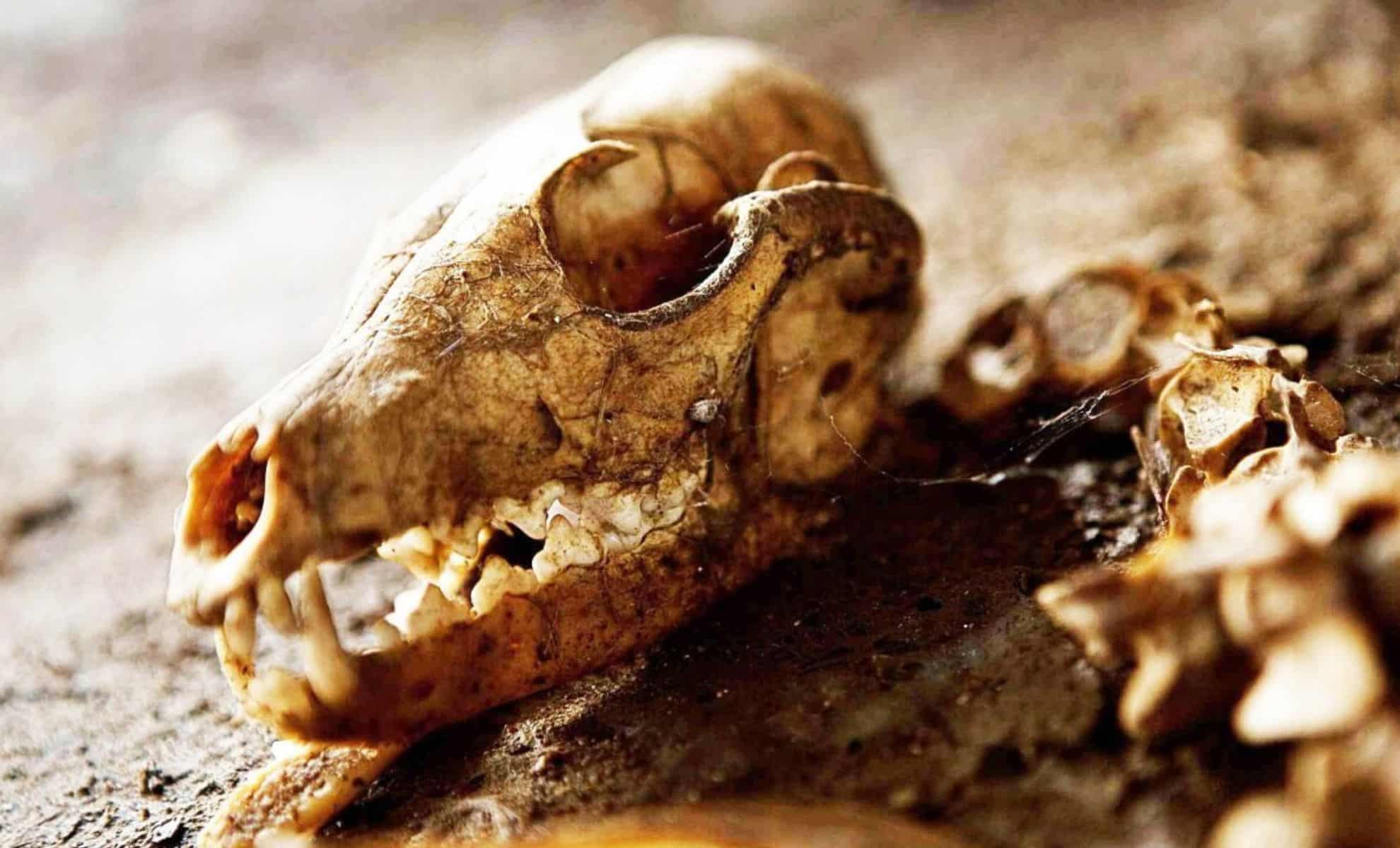
In a remote cave in the Gard region of southern France, a team of spelunkers made an astonishing discovery—a 16,000-year-old dog skeleton.
This rare find not only offers a glimpse into the early domestication of dogs but also raises intriguing questions about the relationship between prehistoric humans and their canine companions.
The discovery, made in 2016, has only recently been fully analyzed, revealing important insights into this ancient bond.
A Remarkably Preserved Skeleton
Mietje Germonpré, a professor at the Institute of Natural Sciences in Belgium, led the research into the skeleton. According to her findings, published in Quaternary Science Reviews, the dog was an adult female, weighing about 26 kilograms and standing 62 centimeters tall.
The skeleton’s nearly complete preservation is a rare occurrence in such discoveries. This high level of preservation allowed scientists to compare the remains with both modern and fossilized wolves and dogs, providing valuable clues about the evolution of domesticated dogs.
Evidence of Care and Domestication
The dog’s preserved skeleton shows signs that it was cared for by humans. One of the most telling pieces of evidence is a set of healed vertebrae. These injuries suggest that the dog was treated by humans, likely receiving medical attention for its wounds.
This discovery supports the idea that early humans not only domesticated dogs for practical purposes but may have also formed emotional bonds with them.
According to Germonpré, the dog’s size and the care it received hint at a complex relationship between humans and their canine companions during the Paleolithic era. While these early dogs were undoubtedly useful, they also seem to have been valued as more than just tools.
The dog’s interactions with humans during this period likely played a role in the gradual domestication process that eventually gave rise to modern breeds.
A Dark Twist: The Dog’s Mysterious Death
While the skeleton reveals a history of care, it also suggests that the dog met a violent end. Two unhealed perforations were found on the dog’s scapula, wounds that were inflicted shortly before its death.
These injuries are similar to those seen in animals hunted or killed by humans during the Paleolithic period. This raises the question: Did the humans who cared for the dog ultimately kill it?
It’s unclear whether the dog was killed for food, or if there was another reason for its death. The exact cause remains a mystery, but these findings add complexity to our understanding of the relationship between humans and dogs in prehistoric times.
The dog’s death raises the possibility that these early canines, despite their domestication, were sometimes treated harshly or sacrificed for reasons unknown.
Unlocking the Secrets of Early Domestication
The discovery of this 16,000-year-old dog skeleton is a crucial piece in the puzzle of dog domestication. While scholars have long believed that dogs were domesticated over 26,000 years ago, this find provides new evidence of the intricate relationship between humans and canines.
The next steps for researchers include a detailed study of the dog’s genetic material. Scientists hope this will reveal more about the dog’s lineage and its relationship to modern breeds.
The mystery surrounding its death also promises to offer further insights into how prehistoric humans viewed and treated the animals that shared their world.
This post was originally published on this site be sure to check out more of their content.
